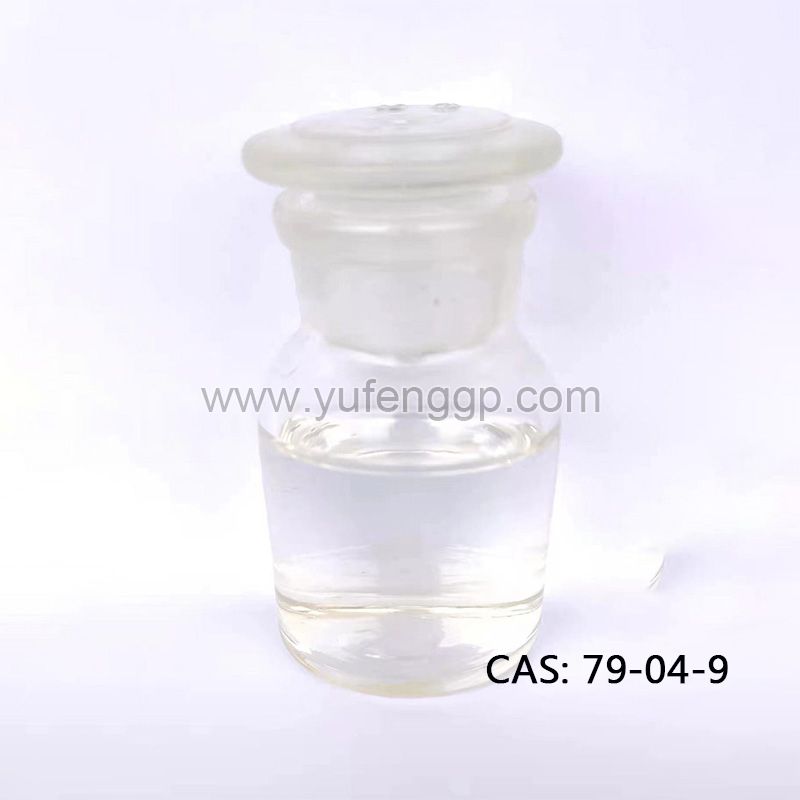What is Chloroacetyl chloride used for?
Chloroacetyl chloride, also known by its IUPAC name 2-chloroacetyl chloride, is a chemical compound with the molecular formula C2H2Cl2O. It is a colorless to pale yellow liquid with a pungent odor and is highly reactive due to the presence of both a chloro and an acetyl chloride functional group. Chloroacetyl chloride has several industrial and laboratory uses, including:
Chemical Synthesis: It is used as a versatile reagent in organic synthesis to introduce the chloroacetyl group (-CH2COCl) into organic molecules. This can lead to the formation of various compounds with applications in pharmaceuticals, agrochemicals, and materials science.
Pesticides and Herbicides: Chloroacetyl chloride is used in the production of certain pesticides and herbicides. The compound's reactivity allows for the synthesis of active ingredients in these agricultural chemicals.
Pharmaceuticals: It is utilized in the synthesis of pharmaceutical intermediates and active pharmaceutical ingredients (APIs). Chloroacetyl chloride can be part of the process to create specific drug compounds.

Laboratory Reagent: In chemical laboratories, chloroacetyl chloride serves as a reagent for various reactions, including acylation reactions, which involve the introduction of the chloroacetyl group into organic compounds.
Dyes and Pigments: It can be employed in the production of dyes and pigments, where it may be used as a building block for certain colorants.
Synthetic Rubber: In the rubber industry, chloroacetyl chloride is used in the synthesis of chlorinated synthetic rubbers, which can have applications in tire manufacturing and other rubber-based products.
Intermediates: Chloroacetyl chloride can be used to synthesize a variety of chemical intermediates, which can then be further transformed into a wide range of products in the chemical industry.
It's worth noting that chloroacetyl chloride is a highly reactive and potentially hazardous chemical. Proper safety precautions, including the use of protective equipment and handling in a controlled environment, are essential when working with this compound due to its corrosive and toxic properties. Additionally, its use is subject to regulations and safety guidelines to prevent accidents and ensure safe handling in industrial and laboratory settings.



